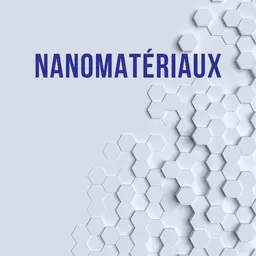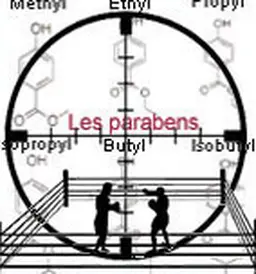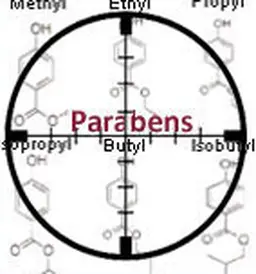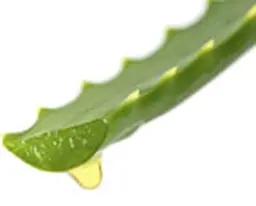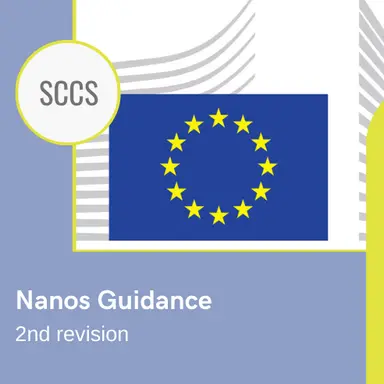
On 26 June 2023, the SCCS (European Scientific Committee on Consumer Safety) published the 2nd revision of its Guidance on the safety assessment of nanomaterials in cosmétics. The text is still a “living document” and is due to be regularly updated, providing an overview of the key issues and data requirements.
The first version of this Guidance dates from 2012.
It was accompanied in 2014 by a CSSC Memorandum stressing the importance of the relevance, adequacy and quality of the data provided in a safety dossier for nanomaterials.
It was first revised in 2019, and is therefore being updated again today, to take account of scientific knowledge and research developments since then.
This Guidance is applicable to nanomaterials that meet the definition in Cosmetics Regulation 1223/2009, but the SCCS points out that this definition is likely to be aligned with the Commission Recommendation of 10 June 2022, which introduces a threshold of 50% nanoparticles for a substance to be considered nano, and differs in terms of insoluble and biopersistent properties. “Irrespective of the foreseen changes in the definition of nanomaterial in the upcoming revision of Cosmetics Regulation, certain aspects of nanomaterials, such as solubility, will remain of paramount importance for the safety assessment,” the CSSC warns.
The main changes
This Guidance has been amended on several points:
• New sections have been introduced (solubility and dissolution rate, solubility in non acqueous media, evidence for the absence of nanoparticles, dispersion, aspect ratio, uptake into blood cells, reproductive toxicity, endocrine disruption) …

